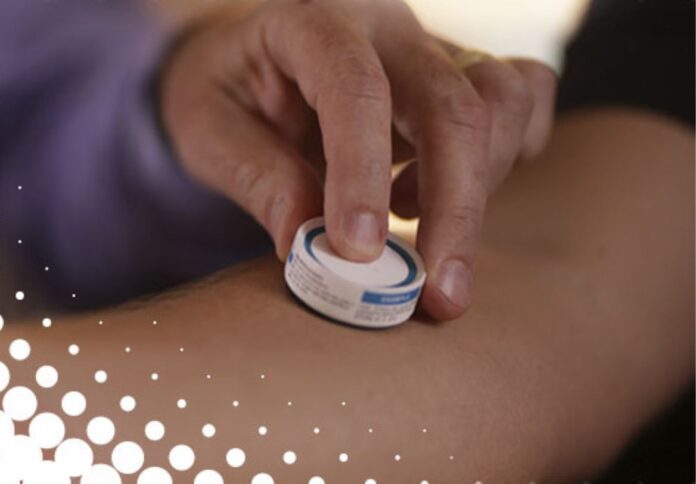
Australia biotechnology company Vaxxas said it achieved positive interim results from a Phase I human clinical trial with the first needle-free COVID-19 vaccine candidate.
The vaccine, which leverages Vaxxas’ proprietary high-density microarray patch (HD-MAP) technology, delivers HexaPro, a second-generation version of the spike protein used in all major US-approved COVID-19 vaccines, modified to be more stable and immunogenic than its predecessors to provide protection against all known SARS-CoV-2 variants.
“We are very encouraged by the compelling early data and rapid progress of our needle-free COVID-19 vaccine candidate,” said Vaxxas Chief Executive Officer David Hoey.
“We believe our patch-based delivery of a next-generation spike protein has the potential to offer best-in-class protection against COVID-19 along with cost-effective distribution without the need for extensive refrigeration.”
The HD-MAP technology platform uses an ultra-high-density array of projections that are invisible to the naked human eye and is applied to the skin as a patch sitting inside a small applicator device.
The approach is intended to enhance the efficiency and effectiveness of the resulting immune responses of vaccines.
According to Vaxxas, the HD-MAP COVID-19 vaccine patches were well tolerated, with no serious or severe adverse events.
Analysis of samples from day 28 has also discovered an eight-fold increase in the levels of relevant antibodies, with antibody responses indicating a dose-dependent trend.
The Phase I clinical trial seeks to assess the safety, tolerability, and immunogenicity of the HD-MAP COVID-198 vaccine candidate in 44 healthy adults, ages 18 to 50, who have had three doses of an authorised COVID-19 vaccine prior to enrollment in the study.
The trial is also designed to gather signals related to antibody and T-cell responses, including mucosal responses, to dosing with the patch-delivered vaccine candidate.
The study has been published in Science Advances and Vaccine and was conducted in collaboration with the University of Queensland and other partners.




















